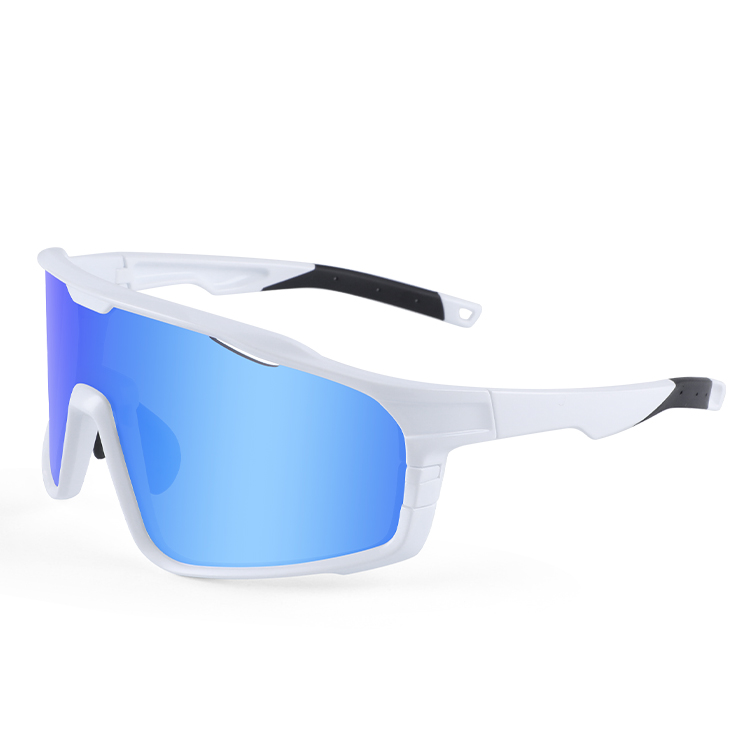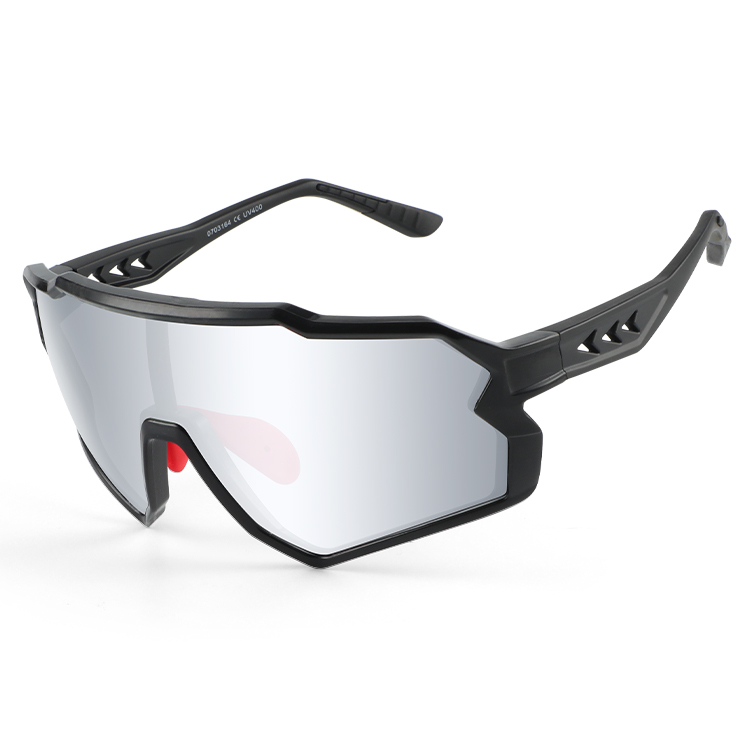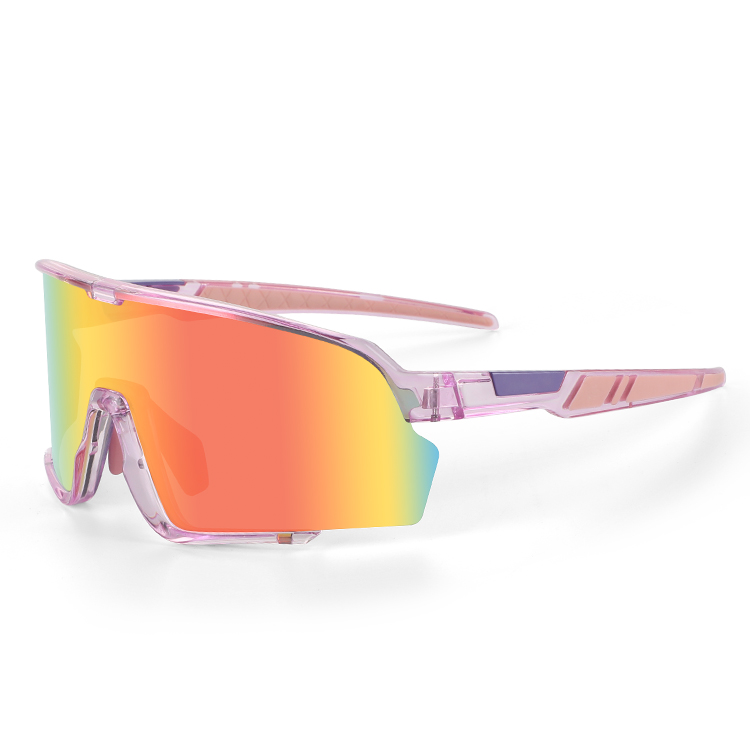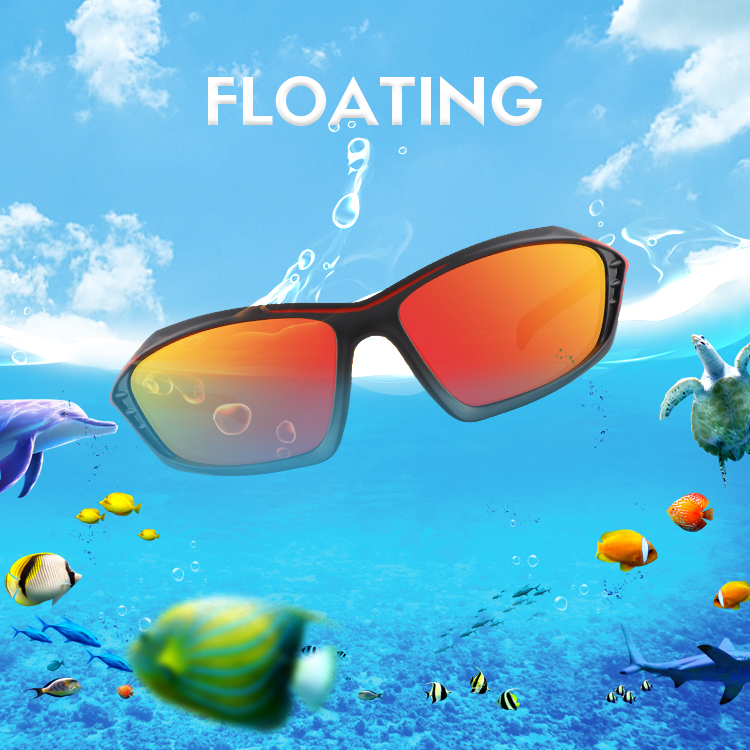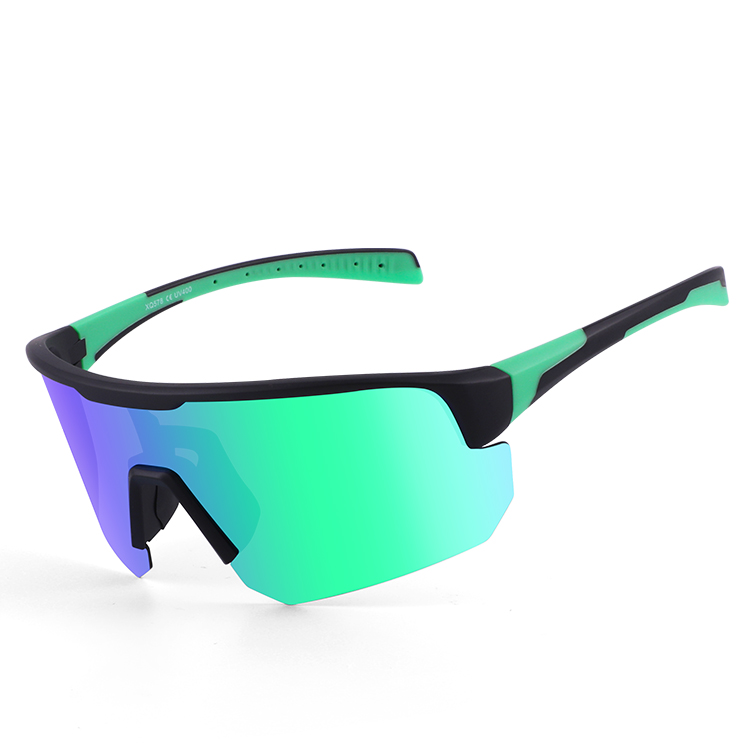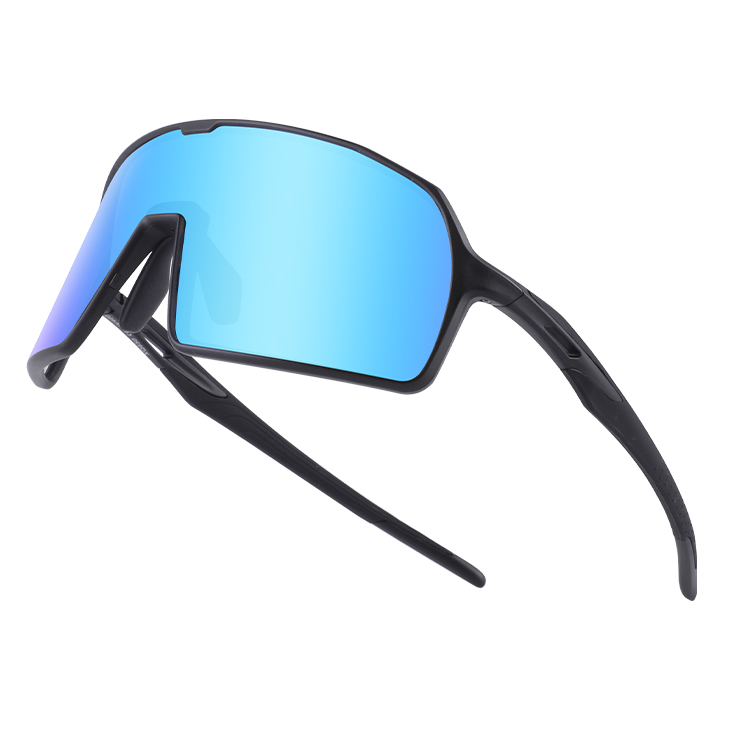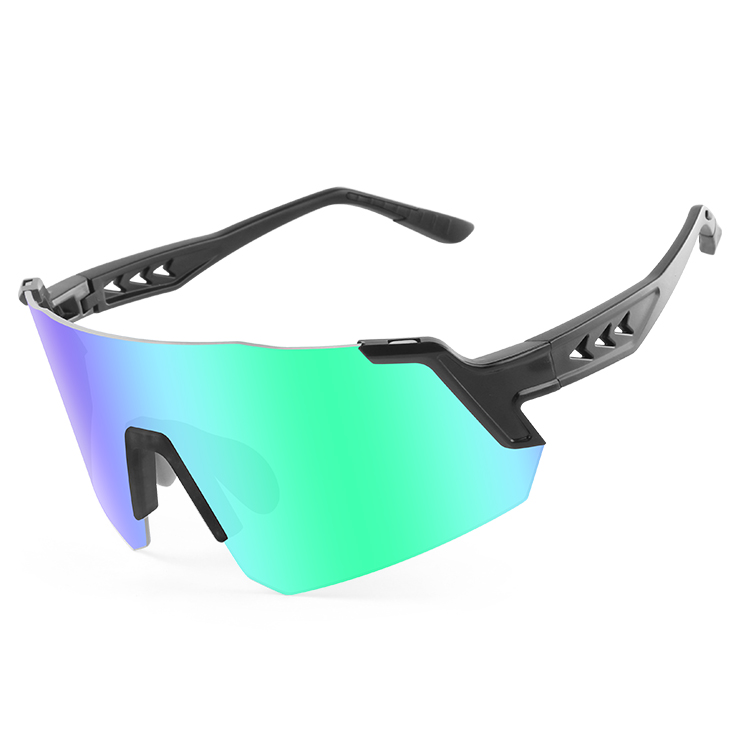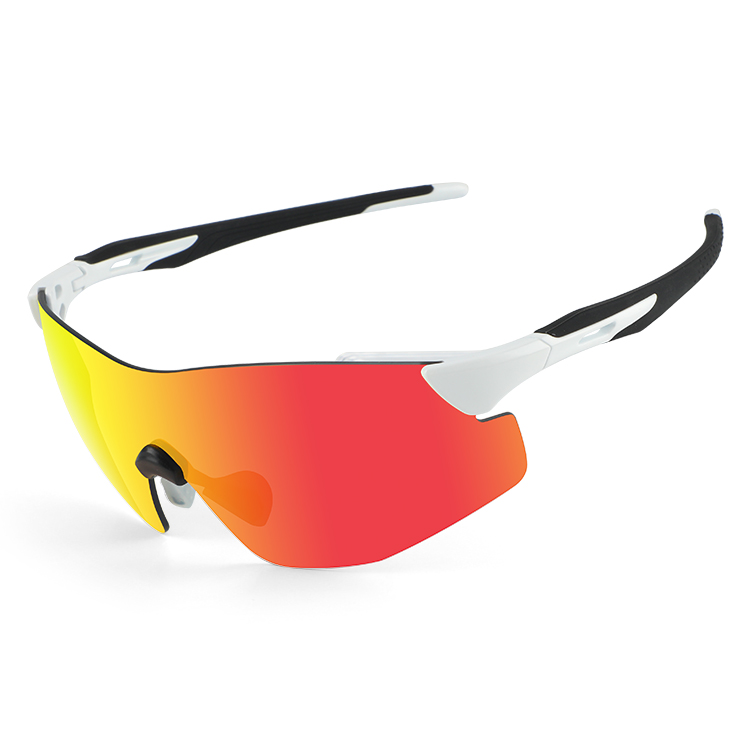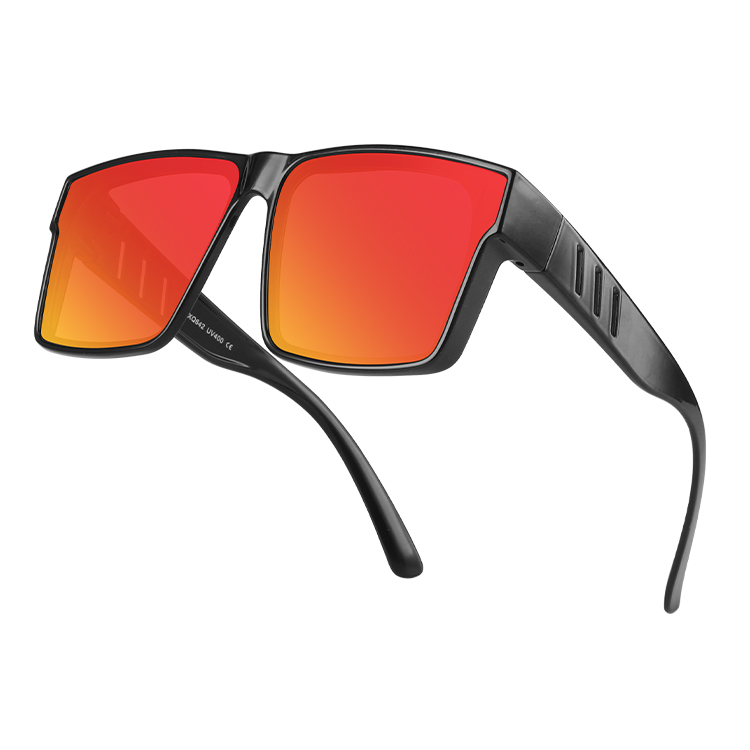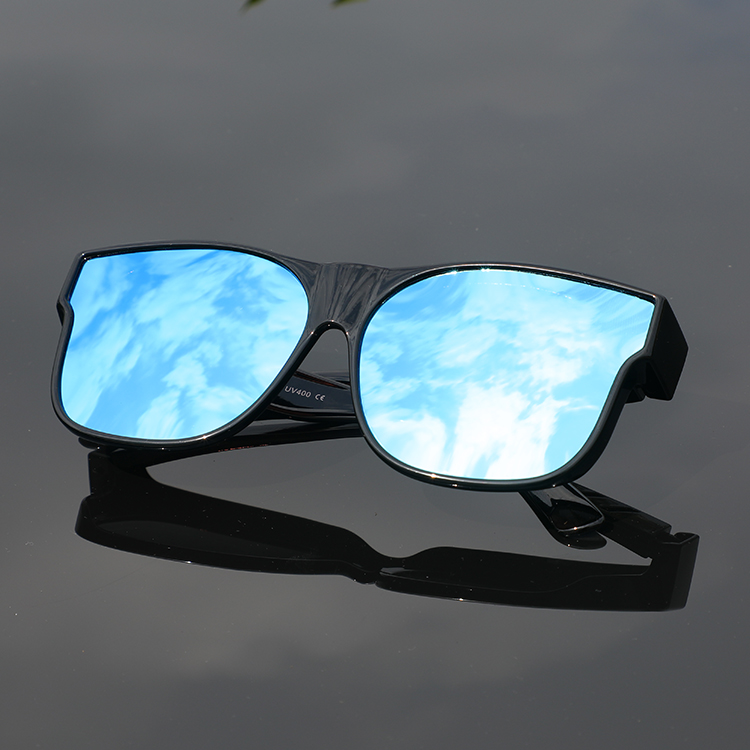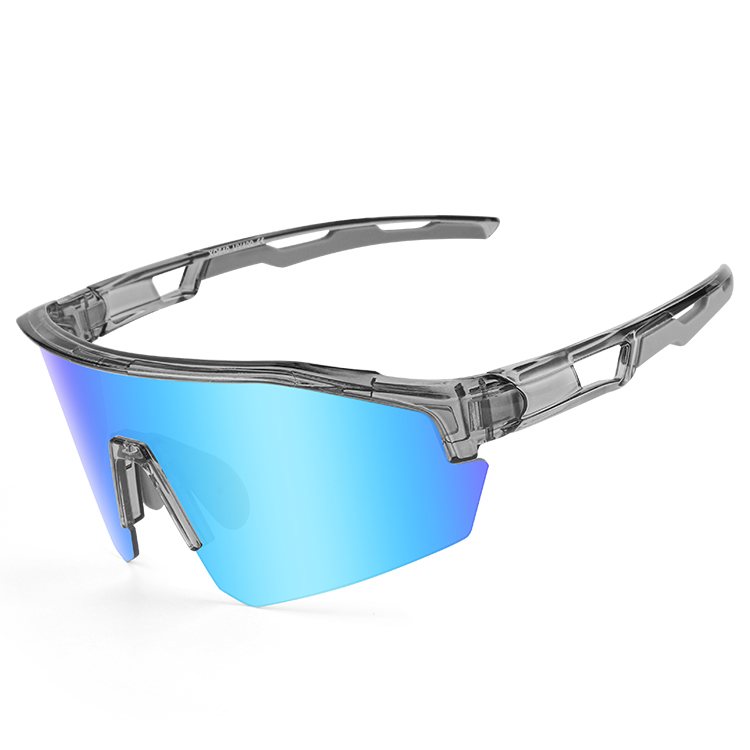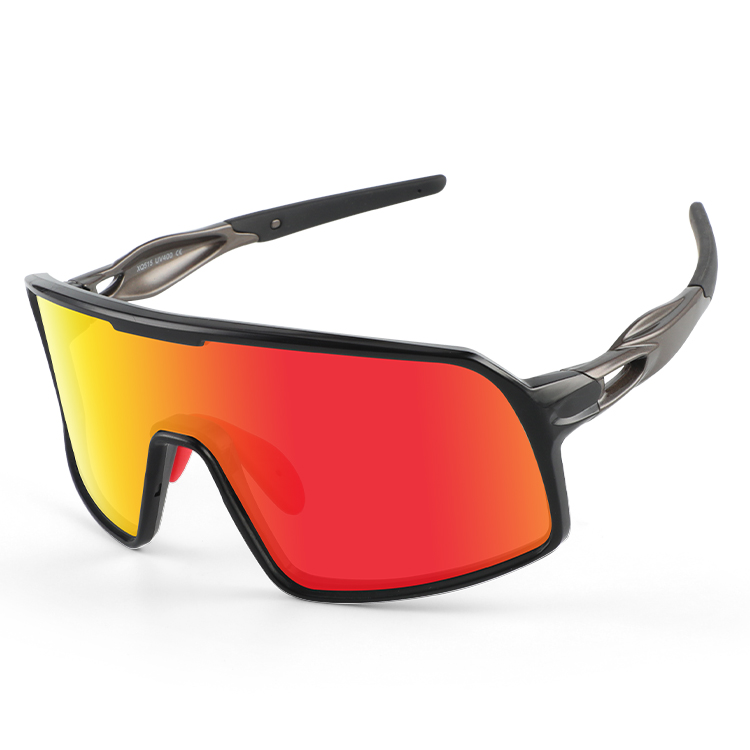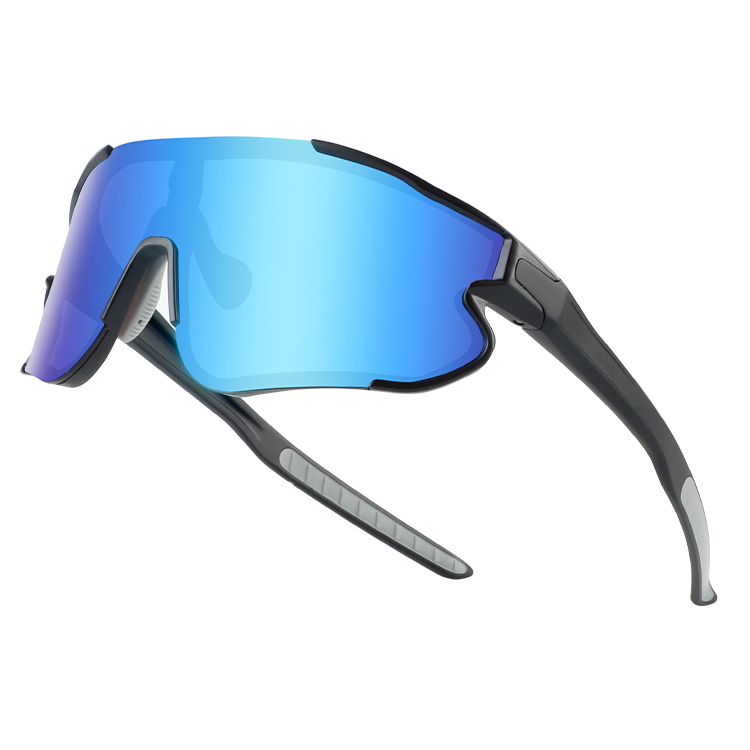Goggles may seem like a simple accessory, but in many environments, they are an essential piece of protective equipment. Whether you’re swimming, working in a lab, riding a motorcycle, or skiing down a mountain, goggles serve a crucial role in protecting your eyes. In this article, we’ll explore the reasons why we need goggles and the different ways they help safeguard vision, enhance performance, and ensure safety in daily life and professional settings.
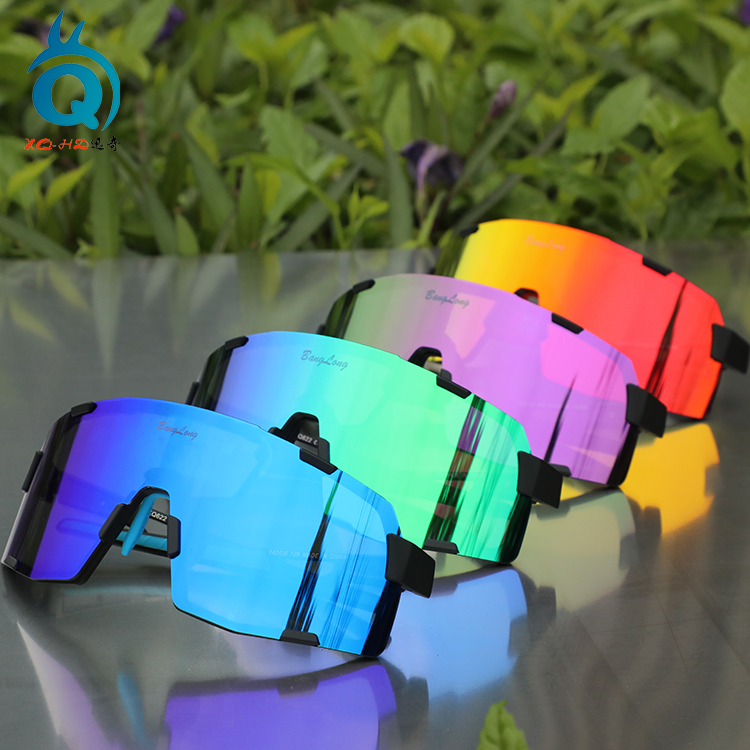
1. Eye Protection from Environmental Hazards
One of the primary reasons we need goggles is to protect our eyes from environmental hazards. In construction sites, factories, and chemical laboratories, eyes are constantly exposed to dust, flying debris, metal particles, or harmful splashes. Goggles act as a physical barrier, preventing these hazards from reaching the eyes.
Unlike regular glasses, goggles offer a snug fit around the eye area, ensuring protection from all angles. They are especially crucial in high-risk industries where even a small particle or splash could cause serious injury or permanent damage to vision.
2. Shielding Against UV Rays and Harsh Light
Goggles are also essential for protecting the eyes from ultraviolet (UV) rays and harsh light. Outdoor activities like skiing, snowboarding, or cycling often involve prolonged exposure to the sun, which can damage the cornea and retina over time.
Specialized goggles with UV protection filters shield the eyes from harmful rays, reducing the risk of cataracts, photokeratitis (sunburn of the eye), and long-term vision problems. In snowy or sandy environments, goggles also help reduce glare and improve visibility.
3. Enhancing Performance in Sports and Activities
In many sports, goggles aren’t just about safety — they also improve performance. For example, swimmers use goggles to see clearly underwater, enabling better coordination and navigation during races or practice. In motor sports or cycling, wind-resistant goggles help athletes maintain clear vision at high speeds.
Skiers and snowboarders rely on tinted or polarized goggles to adjust to different lighting conditions, which helps with depth perception and avoids obstacles. Whether it’s snow, dust, water, or wind, goggles help athletes perform with confidence and precision.
4. Preventing Eye Infections and Irritation
Another critical reason we need goggles is to prevent eye infections, particularly in environments where hygiene is a concern. In swimming pools, for instance, chlorine and other chemicals can cause eye irritation or even conjunctivitis. Swimming goggles protect the eyes from direct contact with these substances.
In healthcare settings, goggles or protective eyewear help prevent the spread of infectious diseases. During procedures or emergencies, they shield medical professionals from exposure to blood, respiratory droplets, or other fluids that could transmit infections.
5. Supporting Vision in Specialized Environments
Some work and sports environments require enhanced vision under specific conditions. For example, in laboratories or workshops, anti-fog goggles ensure clear visibility in humid or heated settings. In nighttime sports or military operations, goggles with night vision capabilities provide visual assistance in low-light conditions.
Goggles can also be customized with corrective lenses for individuals who need vision correction, allowing them to perform tasks accurately while still staying protected.
6. Eye Safety for Children and Students
It’s not just professionals who need goggles — children also benefit from them in many situations. During science experiments in school, protective goggles keep kids safe from accidental splashes or broken glass. In sports like basketball or racquetball, impact-resistant goggles can prevent serious injuries caused by fast-moving balls or collisions.
Teaching kids the importance of wearing goggles early on builds good habits and helps them understand the value of eye safety.
Conclusion
From protecting our eyes from dust and chemicals to enhancing athletic performance and shielding us from UV rays, goggles play a vital role in our health and safety. They are not just for professionals or athletes — people of all ages and occupations can benefit from wearing goggles in the right situations.
The next time you find yourself in a hazardous or challenging environment, remember: your eyes are one of your most valuable assets. Wearing goggles is a simple yet powerful way to preserve your vision and stay safe. Don’t take your eyesight for granted — protect it with the right pair of goggles.

